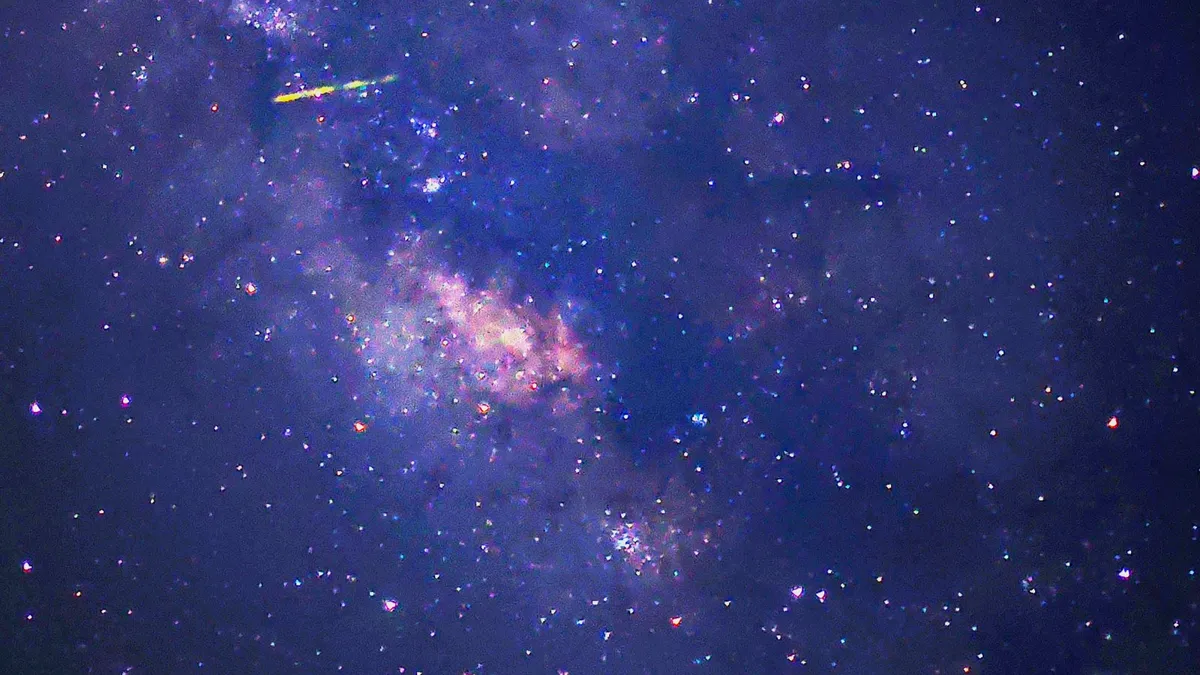
The highly anticipated Bootid meteor shower peaks tonight, offering stargazers in the U.S. a chance to witness ancient shooting stars streaking across the post-sunset sky. Each June, our planet traverses the debris trail left by the comet 7P/Pons-Winnecke, which gives rise to this fascinating meteor shower. The name "Bootid" originates from its radiant point—located in the constellation Bootes, the herdsman—visible above the western horizon in late June.
For those eager to catch a glimpse of the June Bootids, the best viewing time in the U.S. is during the hours immediately following sunset on June 27. According to the stargazing website in-the-sky.org, at this time, the radiant will be at its highest point in the sky, optimizing your chances of spotting meteors. However, it’s important for meteor enthusiasts to manage their expectations when it comes to this shower.
The June Bootid meteor shower is classified as a 'Class III Variable' by the American Meteor Association. This means that while it has the potential to surprise viewers with a stronger-than-average display, it can also yield as few as one visible shooting star per night—even during its peak. Regardless of its intensity, any meteor shower, even a weak one, is worth the effort to observe.
To enhance your chances of spotting one of these elusive meteors, it’s advisable to locate an area away from city lights. Aim to find a patch of sky approximately 40 degrees above the radiant, directed toward the local zenith—the point directly above your head. A handy tip: your outstretched fist covers roughly 10 degrees of the night sky, helping you gauge your viewing area.
In addition to the Bootids, there’s always the chance of spotting a sporadic meteor that is not tied to a specific meteor shower. Recently, a stunning green fireball illuminated the skies over the northeastern U.S., tracing a northerly path before being consumed by the atmosphere. Amateur astrophotographer Shawn Hew successfully captured a breathtaking image of a meteor crossing the Milky Way from Sandakan, Malaysia. Interestingly, both the fireball and Hew's meteor appeared to be moving away from the Bootid radiant, raising questions about their association with the shower.
For updates and insights regarding these celestial events, Space.com has reached out to the American Meteor Association for comments on recent sightings. As you embark on your stargazing adventure, remember to enjoy the beauty and mystery of the night sky. Happy meteor watching!